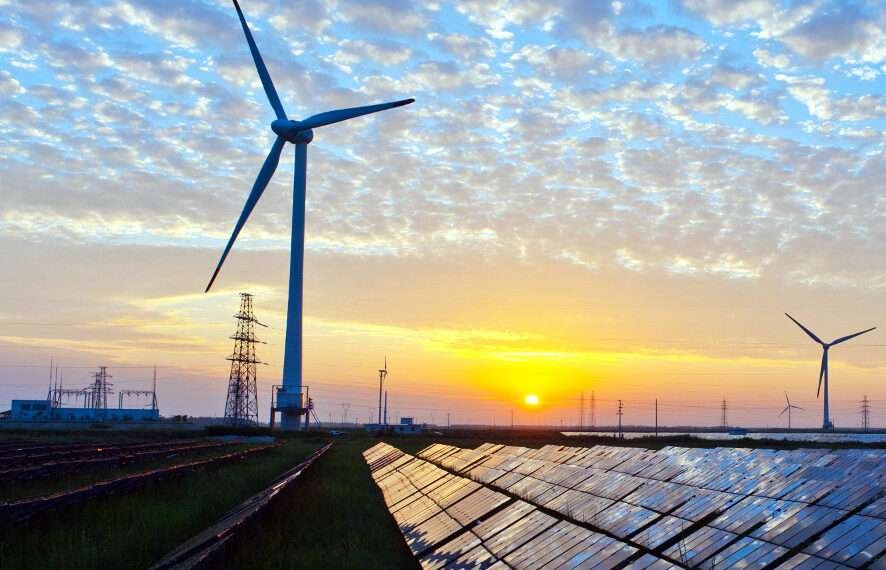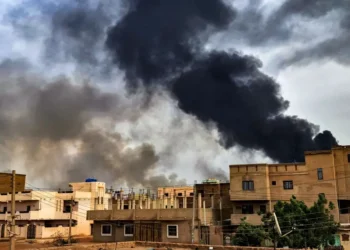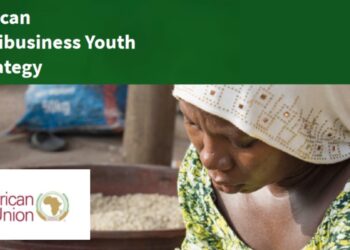Morocco has targeted increasing the share of renewables in its total power capacity to 52 per cent by 2030, 70 per cent by 2040 and 80 per cent by 2050. These new targets are against a backdrop of the progress achieved in the expansion of both wind and solar power during the initial phase of energy transition, according to GlobalData.
The country is currently on track to achieve its 2030 renewable capacity target and as a consequence, reduce its reliance on thermal sources such as coal and oil. As a result, the installed capacity share of coal will decline from 38.8 per cent in 2020 to 22 per cent by 2030 and the share of oil based thermal capacity will reduce to 9.2 per cent by 2030 from 16.2 per cent in 2020.
According to a 2019 data, the share of renewable energy in the country’s energy mix was about 35 per cent, but with growing investments into the country’s renewable energy space, it is quickly gathering momentum to meet its renewable energy goals.
Pavan Vyakaranam, Project Manager at GlobalData, commented: “Morocco plans to achieve its 2030, 2040, and 2050 renewable energy targets through technological evolution in energy storage, green hydrogen, and decreasing renewable energy costs”.
The leading data and analytics company observed that Morocco had a renewable installed capacity of 3.9 Giga Watts (GW) in 2020 and is estimated to have reached 4.3 GW in 2021, an increase of 9 per cent. Morocco’s renewable installed capacity is forecast to reach 9.6 GW by 2030 at a compound annual growth rate (CAGR) of 9.3 per cent during 2020-2030.
Wind Power to Overtake Hydro in Morocco
According to GlobalData, wind power is expected to overtake hydro power to become the largest renewable source during this period. The installed capacity for wind will increase from 1.4 GW in 2020 to 4.3 GW in 2030 at a CAGR of 11.5 per cent.
Installed capacity for solar (both PV and CSP) will increase from 734 MW in 2020 to 2.1 GW in 2030 at a CAGR of 11 per cent. Hydropower capacity will increase from 1.8 GW in 2020 to 3.3 GW in 2030.
Pavan Vyakaranam added: “Apart from developing large renewable projects, Morocco should focus on improving its existing renewable energy laws to enable development of small-scale grid connected renewable systems.
“Currently, the net metering legislation discourages investments in rooftop PV and small renewable systems other than for self-generation, as it connects to only 20 per cent of their annual production to the grid.
“The country should also continue to award solar and wind projects such as the tender issued in January 2021 by the Moroccan Agency for Solar Energy (MASEN) for the construction of a 400 MW solar power plant. The plant is part of the first phase of the Noor PV II project, under which several PV arrays will be built across eight different locations.”
Pavan Vyakaranam
The phenomenon of increased share of renewables in Morocco’s energy mix is replicating in a number of jurisdictions across the world. In December 2021, the International Energy Agency (IEA) noted that there was identifiable growth of the world’s capacity to generate electricity from solar, wind turbines and other renewable technologies.
The international think tank projected the influx of renewable technologies to accelerate further over the coming years. It said by 2026, global renewable electricity capacity will rise more than 60 per cent from 2020 levels to over 4 800 GW.
READ ALSO: Ghana Retains as Africa’s Largest Gold Producer- USGS Data Shows





















